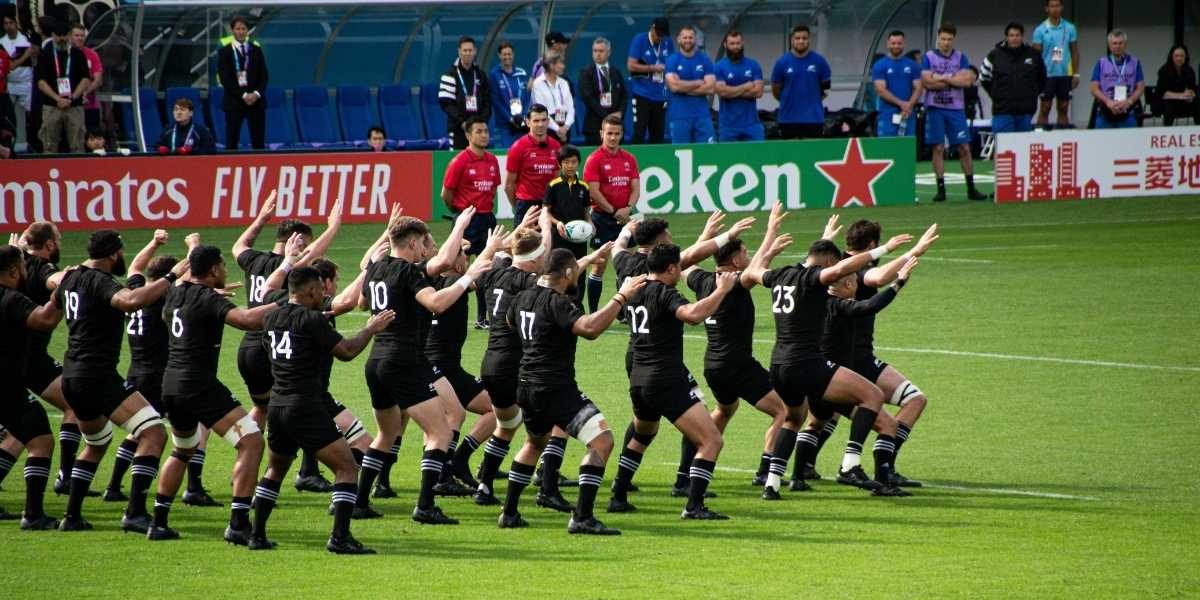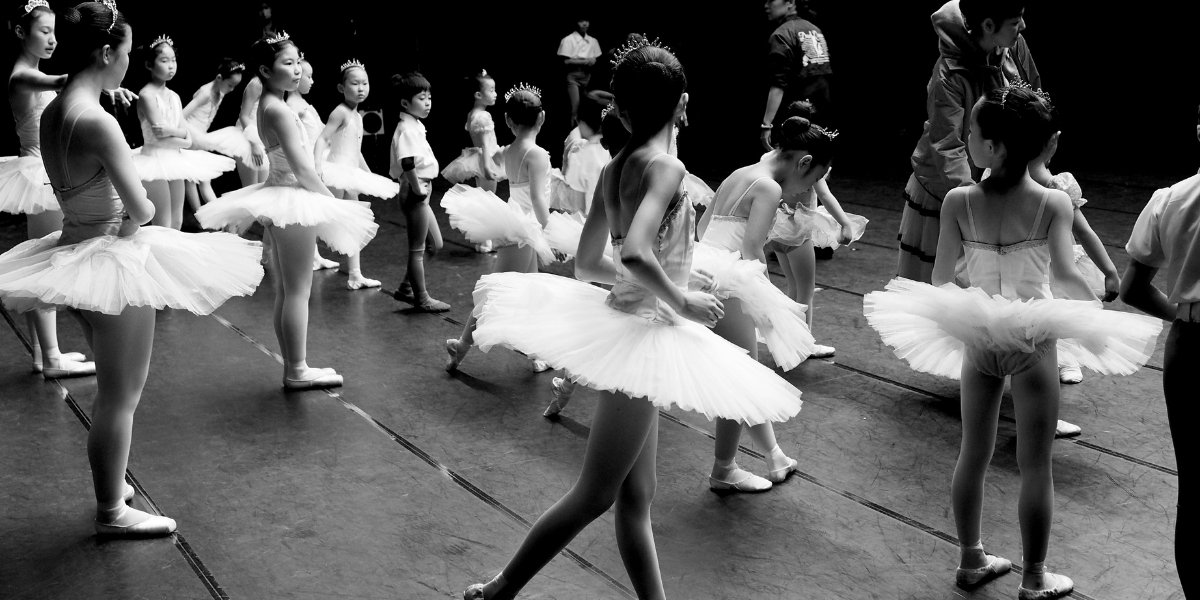What’s Your Favorite Tradition in Your Sport?
Sports have long been a source of unity, excitement, and passion. But beyond the games themselves, there’s something uniquely special about the traditions that make sports even more memorable. From iconic rituals to passionate fan behavior, these customs become woven into the fabric of the game, often transcending the actual competition.
But why do these sports traditions hold such significance? What makes them so special that players and fans alike continue to honor them year after year, generation after generation? The answer lies in how these traditions connect individuals to something greater than the game itself—history, culture, and a sense of belonging.
Read Also: Luxury Cruises and Seaside Holidays: A Perfect Combination
What Makes a Sports Tradition Meaningful?
At its core, a sports tradition is a practice, ritual, or behavior that is passed down through the generations. It can take many forms, from pre-game rituals to post-game celebrations, and often carries emotional and cultural weight. These traditions not only symbolize the identity of a team or sport but also help to foster community and connection among fans and players alike.
Take, for example, the well-known tradition of the national anthem before games. For many, this moment is a reminder of their shared love for the sport and country, a symbol of unity before the competition begins. While each tradition may differ, all serve to mark a specific moment of reverence or celebration that elevates the sporting experience beyond the scoreboard.
Why Do Fans and Players Hold On to These Traditions?
There’s an undeniable comfort in sports traditions. They provide structure and familiarity, a sense of ritual in an otherwise unpredictable world. Whether it’s a football team’s pre-game walk, a baseball player’s specific batting stance, or the vibrant chants from fans in the stands, these actions create a sense of continuity in the midst of change.
For players, these traditions can be grounding. They might serve as a source of focus or a way to honor past players who upheld the same rituals. For fans, traditions provide a deeper sense of engagement with the game, making them feel like they are part of something larger. Collective rituals, like the wave of a crowd or synchronized chants, allow fans to show their unity and passion, strengthening the bond with their team.
What Are Some Iconic Sports Traditions Around the World?
Across the globe, there are many sports traditions that have become beloved staples in their respective cultures. Each sport has its own unique set of practices, each carrying with it a rich history and a sense of pride.
- The Super Bowl Halftime Show (U.S. Football): Every year, the Super Bowl halftime show brings together millions of viewers, not only for the game but for the music and spectacle. It’s a tradition that symbolizes American culture and the intersection of sports and entertainment.
- The 7th Inning Stretch (Baseball): One of baseball’s longest-running traditions, the 7th inning stretch is when fans rise from their seats, stretch their legs, and sing “Take Me Out to the Ballgame.” It’s a nostalgic moment that binds fans and players in a shared appreciation of the game.
- The Haka (Rugby): New Zealand’s national rugby team, the All Blacks, perform the haka, a traditional Māori war dance, before each match. This ritual symbolizes strength, unity, and respect, setting the tone for the intense competition ahead.
- The Running of the Bulls (Spain, Bullfighting): Though controversial, this tradition, where participants run alongside bulls, has long been a spectacle in Spanish culture, especially during the San Fermin Festival.
- Handshakes and Fist Bumps (Basketball): In modern basketball, pre-game handshakes and post-game fist bumps have become a vital ritual of respect and camaraderie between players and coaches.
How Do These Traditions Enhance the Sporting Experience?
There’s something inherently special about how sports traditions enhance the overall experience for both the athletes and their audiences. They provide a sense of purpose and continuity, helping individuals feel more connected to the sport and its community. These shared rituals build anticipation, unity, and emotion around a game, making each match feel like a moment in time, marked by its own distinct energy.
For fans, these rituals aren’t just about the game itself—they’re about creating memories and moments of collective joy. From tailgate parties to team chants, these traditions help build a culture that fans want to be a part of. For players, it’s a way to stay grounded, a tool to focus their energy and honor the history of their team or sport.
Why Do We Keep Sports Traditions Alive?
Sports traditions are about more than just ritual—they’re about legacy. They’re a way of connecting with past generations and making sure their spirit lives on in the present. Whether it’s a basketball team’s handshake routine or a soccer team’s pre-game chant, these moments are symbolic of what came before and what is yet to come. In a world that’s constantly changing, traditions provide an anchor to something constant, something timeless.
In the end, the beauty of a sports tradition lies in its ability to transcend the game itself, enriching the experience for everyone involved and creating an ever-lasting connection between the sport, the fans, and the players.
Read Also: The Global Rise of Plant-Based Diets and Regional Culinary Specialties
Cherishing Our Sports Traditions
So, what’s your favorite sports tradition? Is it the pre-game rituals that help players get in the zone? The post-game celebrations that unite fans? Or perhaps a special chant or gesture that has been passed down through generations? These traditions are a cherished part of the sporting world, each one helping to shape the culture of the game and creating moments of joy and reflection for years to come.
Published by Drake M.








